This policy is based on integrating the National Target Program on Sustainable Poverty Reduction and the National Target Program on New Rural Development into a new national target program for 10 years (2026-2035 period).
Officers and soldiers of Ca Xeng Border Guard Station, Quang Tri help to remove temporary and dilapidated houses for people. (Photo: GIANG-DINH)
Accordingly, the new National Target Program aims at "ecological agriculture , modern countryside, civilized farmers" and "multidimensional poverty reduction, inclusive development", contributing to the strong development of the country in the new era, the era of development, prosperity and strength of the nation.
The National Target Program on New Rural Development and Sustainable Poverty Reduction for the 2026-2035 period is being implemented nationwide. The beneficiaries of the Program are poor households, near-poor households, newly escaped-poverty households, people, residential communities, cooperatives, cooperative groups, enterprises and other relevant organizations nationwide, with priority given to rural areas and poor communes.
The Program implementation period is 10 years, divided into 2 phases. In the 2026-2030 phase, the goals and tasks set for 2030 will be implemented. In the 2031-2035 phase, the tasks and goals set for 2035 will continue to be implemented. The Program also sets specific goals for each phase.
The specific targets set for 2030 are:
The average income of rural people in 2030 is expected to increase 2.5-3 times compared to 2020.
The multidimensional poverty rate maintains a reduction of 1 to 1.5%/year, the multidimensional poverty rate in poor communes reduces by at least 3%/year.
Strive for 100% of poor communes nationwide to escape poverty; at least 65% of communes to meet new rural standards (of which at least 83% of communes in group 1, 73% of communes in group 2, and 48% of communes in group 3 meet new rural standards) according to the National Criteria for New Rural Areas at all levels for the period 2026-2030; about 10% of communes meeting new rural standards are recognized as modern new rural areas according to the central pilot framework and specific criteria issued by the Provincial People's Committee.
Strive for about 4-5 provinces and centrally-run cities nationwide to be recognized as having completed the task of building new rural areas according to the set of criteria for the 2026-2030 period.
By 2035, the specific targets are set as follows:
Strive for average income per capita in rural areas to increase at least 1.6 times compared to 2030.
At least 85% of communes meet new rural standards (of which 100% of group 1 communes, at least 92% of group 2 communes and at least 70% of group 3 communes meet new rural standards), about 30% of communes meeting new rural standards are recognized as modern new rural communes according to the central framework and specific criteria issued by the Provincial People's Committee.
Strive for about 10-12 provinces and centrally-run cities nationwide to be recognized as having completed the task of building new rural areas; strive for 4-5 provinces to achieve modern new rural areas.
11 content groups and 63 tasks
Officers and soldiers of Ba Son Border Guard Station, Ba Son Commune, Lang Son Province, and local people plant yellow camellia trees. (Photo: HUNG TRANG)
The draft content of the Program developed by the Ministry of Agriculture and Environment has 11 content groups and 63 specific tasks.
Content group 1: Complete planning according to regulations to ensure consistency, suitability, promote regional advantages and sustainable development (including 2 specific contents).
Content group 2: Developing comprehensive, synchronous, modern rural socio-economic infrastructure, effectively connecting with urban areas and adapting to climate change (including 14 specific contents).
Content group 3: Developing rural economy in an ecological, modern, multi-value integrated and market-adaptive direction (including 9 specific contents).
Content group 4: Training rural human resources and supporting sustainable job creation (including 5 specific contents).
Content group 5: Comprehensive development of culture, education, health care, improving people's quality of life (including 3 specific contents).
Content group 6: Sustainable poverty reduction and social security (including 10 specific contents).
Content group 7: Science and technology development and digital transformation in rural areas (including 2 specific contents).
Content group 8: Building a green, clean, beautiful, safe and climate change-adaptive rural environment and landscape (including 3 specific contents).
Content group 9: Improving the quality of public administrative services; promoting the role of the Vietnam Fatherland Front and socio-political organizations in new rural construction and sustainable poverty reduction (including 7 specific contents).
Content group 10: Access to law and security, national defense (including 3 specific contents).
Content group 11: Capacity building, communication, monitoring, evaluation; effective implementation of new rural construction movements and sustainable poverty reduction (including 4 specific contents).
Continuing to build the Program according to its components ensures the inheritance and promotion of the achievements of previous stages. At the same time, it is consistent with the provisions of the Law on Public Investment, the Law on Government Organization, the Law on Organization of Local Government, Resolution No. 111/2024/QH15 dated January 18, 2024 of the National Assembly on a number of specific mechanisms and policies for implementing national target programs; Management and organization mechanisms for implementing national target programs.
The total resources expected to be mobilized for investment in implementing the Program in the 2026-2035 period are about 12.35 million billion VND. Of which, the 2026-2030 period is 4.93 million billion VND, and the 2031-2035 period is about 7.42 million billion VND.
The Ministry of Agriculture and Environment stated that, based on the total central budget capital plan for the 2026-2030 period approved by the National Assembly, the Prime Minister will issue regulations on principles, criteria, and norms for allocating central budget capital and the corresponding ratio of local budget capital to implement the Program for the 2026-2030 period for localities, ministries, and central agencies to organize implementation. In which:
Prioritize support for poor communes to escape poverty, striving to have 100% of poor communes nationwide escape poverty by 2030; support group 1 communes (communes adjacent to existing urban areas with an orientation to develop into urban areas, or communes with an agricultural sector proportion in the economic structure of less than 10%, or communes oriented to be new urban areas), group 2 communes (communes not belonging to group 1 and group 3 communes), group 3 communes (poor communes, or communes in region II and region III in ethnic minority and mountainous areas) to strive to meet new rural standards; the remaining communes to carry out sustainable poverty reduction tasks and gradually complete new rural criteria in the period 2026-2030, striving to meet new rural standards in the period 2031-2035. Priority is given to applying higher allocation coefficients to localities receiving support from the central budget with difficult economic conditions, specific areas by region (Northern mountainous region, South Central Coast - Central Highlands, Mekong Delta); provinces with high poverty rates; large number of communes, large area.
Provinces and centrally run cities proactively balance local budget capital and mobilize legal resources to carry out the task of building new rural areas and sustainable poverty reduction in wards and special zones; provincial level completes the task of building new rural areas; pilot construction of modern new rural communes.
Do not allocate central budget capital to localities with central budget regulations (such as the 2021-2025 period). For the contents and tasks of the Program that fall within the scope, content, and support objects of other national target programs, it is recommended that central ministries and branches preside over the programs to guide localities to integrate and arrange the assigned central budget capital to implement according to the regulations of the National Criteria for New Rural Areas at all levels.
According to Nhan Dan Newspaper
Source: https://baotuyenquang.com.vn/xa-hoi/202509/den-2030-ty-le-ngheo-da-chieu-duy-tri-muc-giam-tu-1-den-15nam-e48672e/


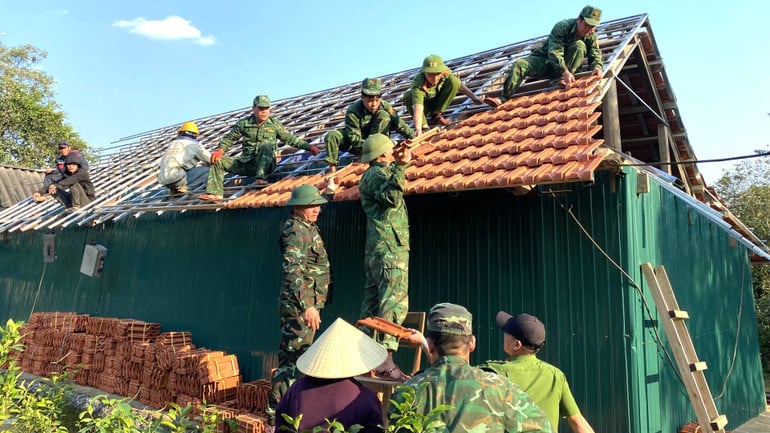
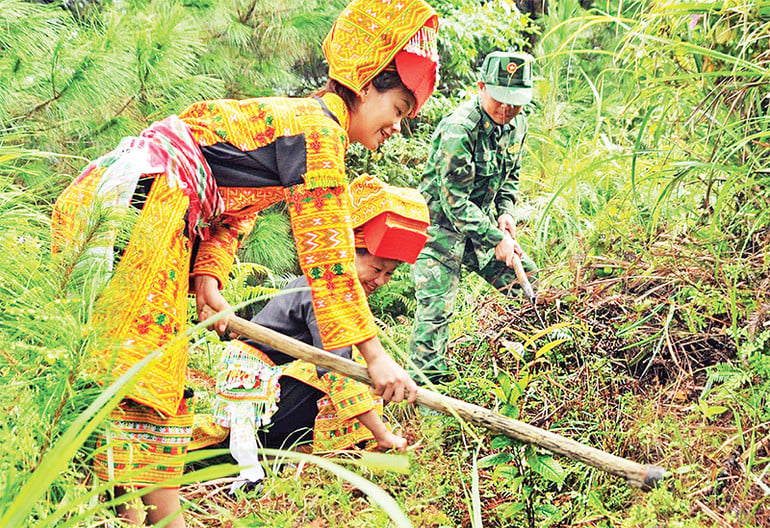
















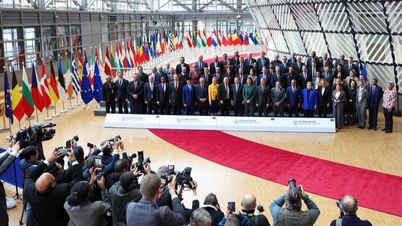


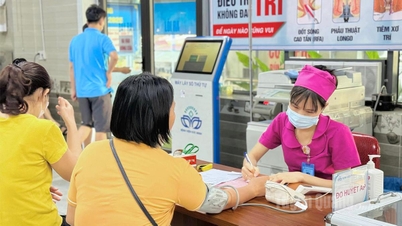
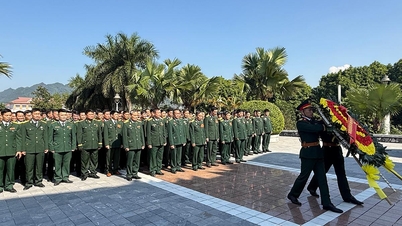

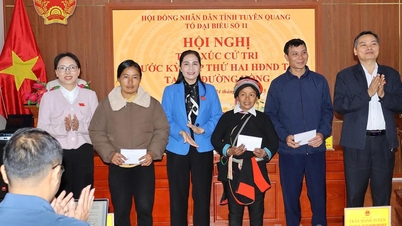






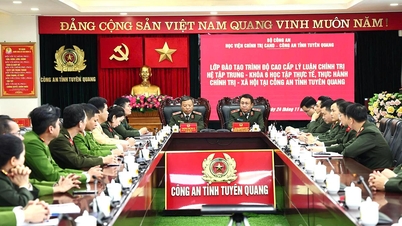
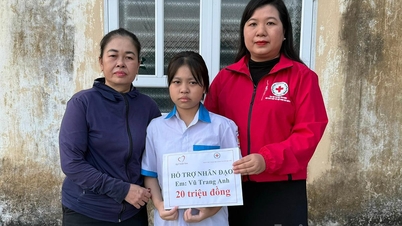


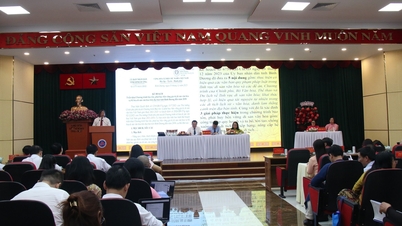





















![[Answer] Should I install an elevator for an old renovated house?](https://vphoto.vietnam.vn/thumb/402x226/vietnam/resource/IMAGE/2025/11/25/1764039191595_co-nen-lap-thang-may-cho-nha-cai-tao-cu-khong-04.jpeg)




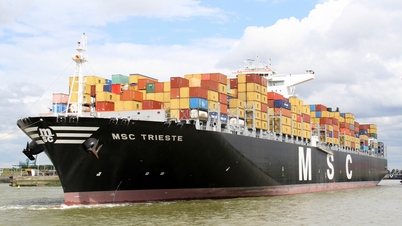









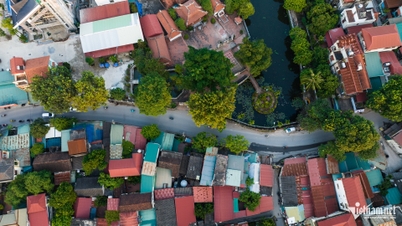










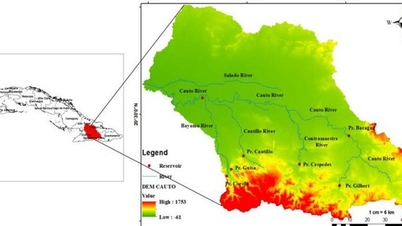

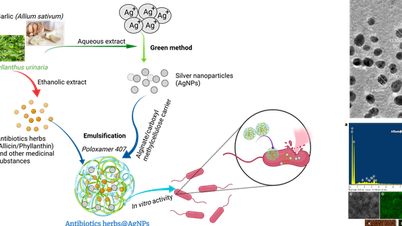
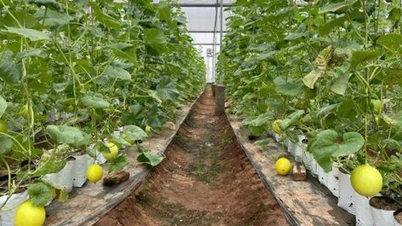



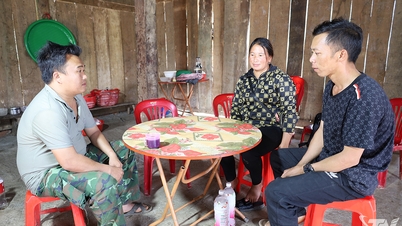

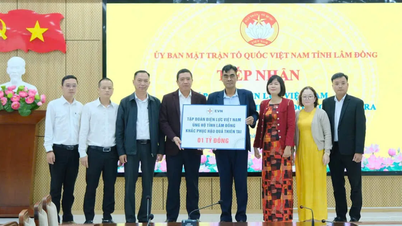



















Comment (0)